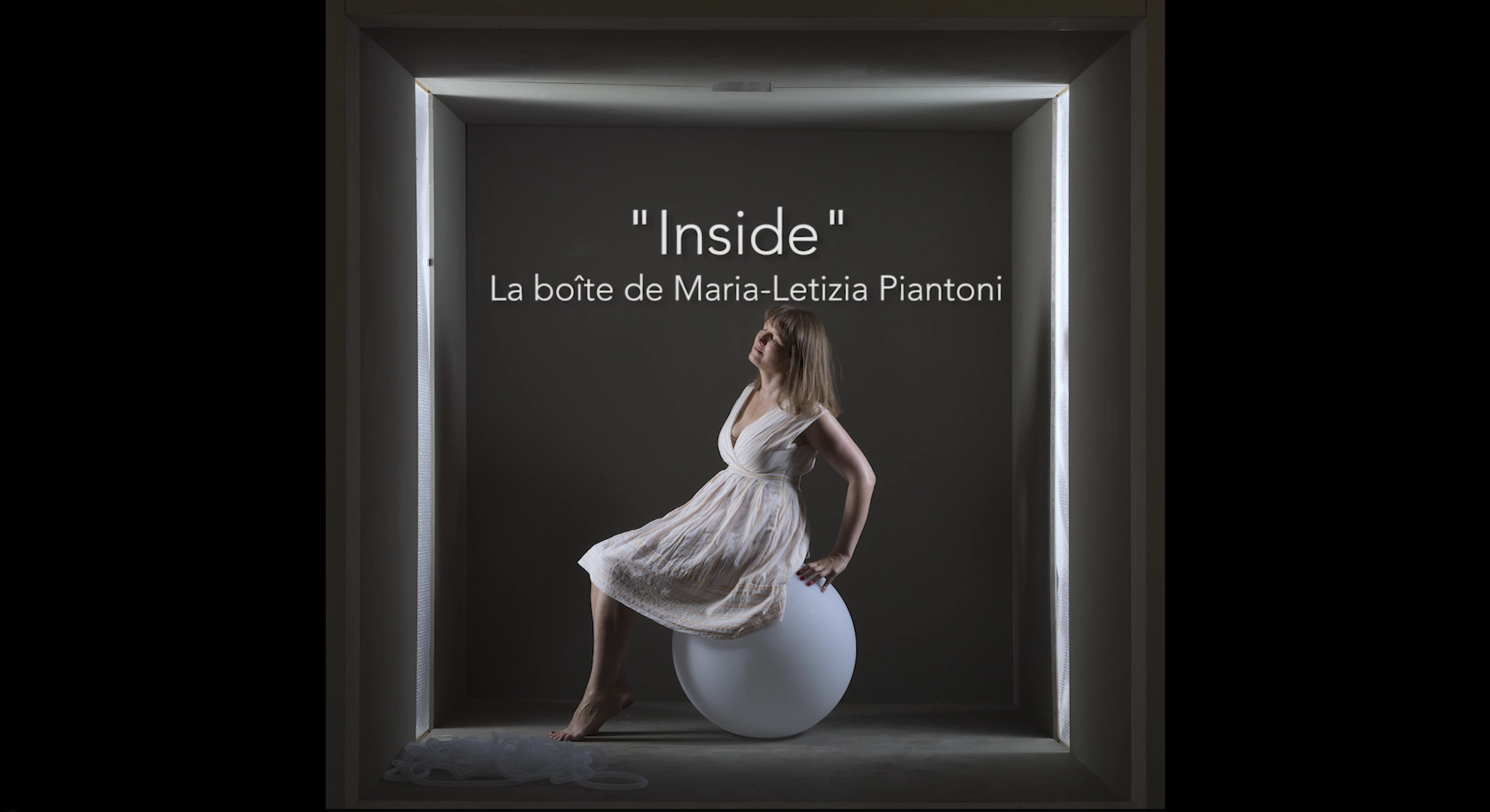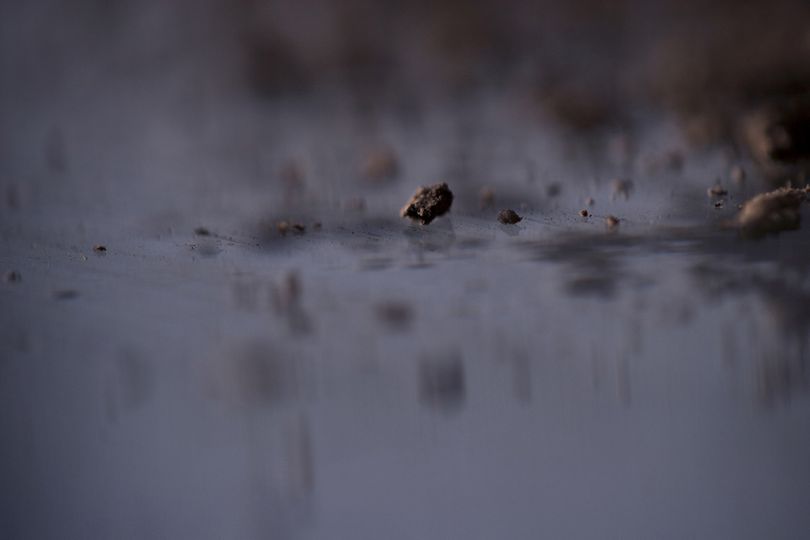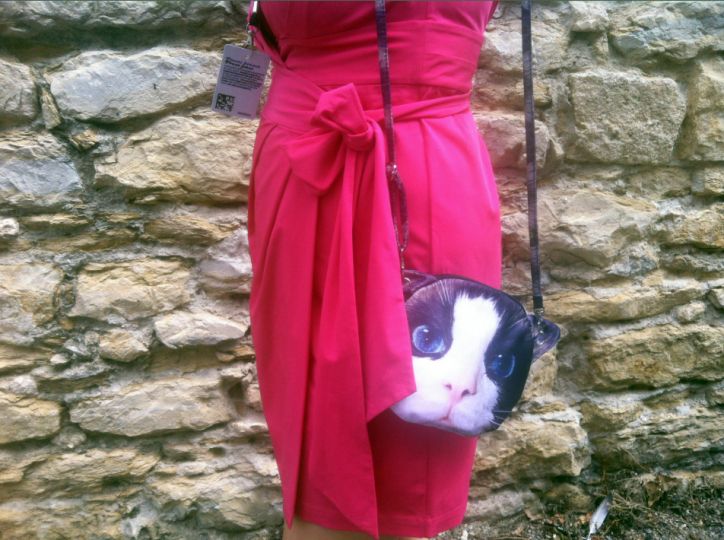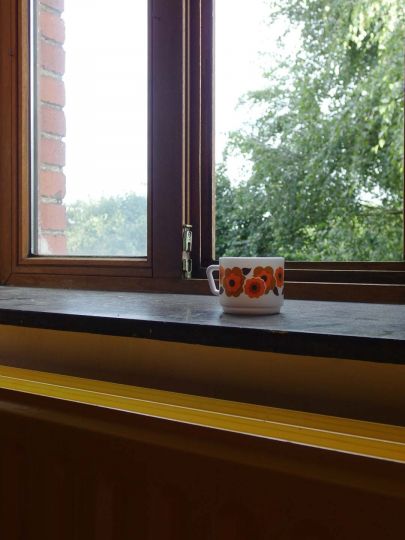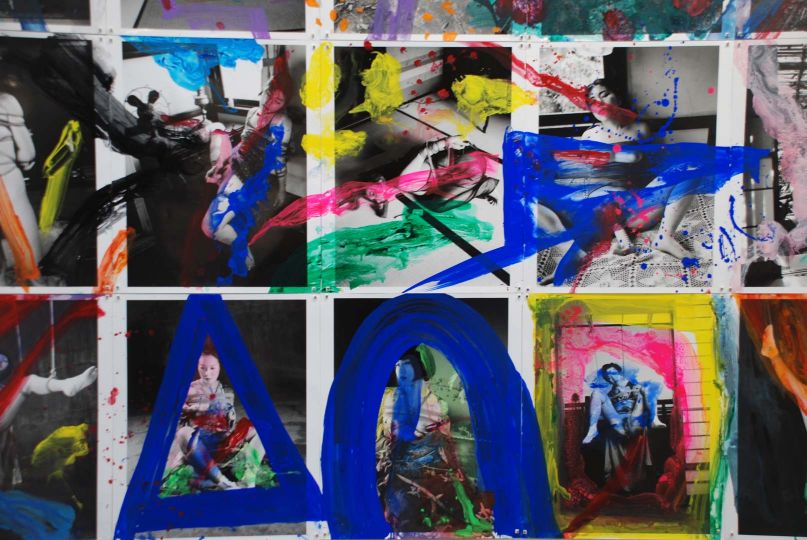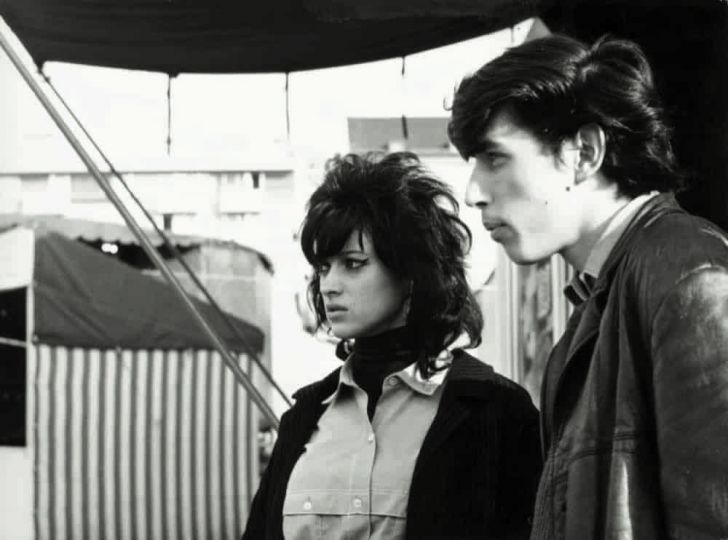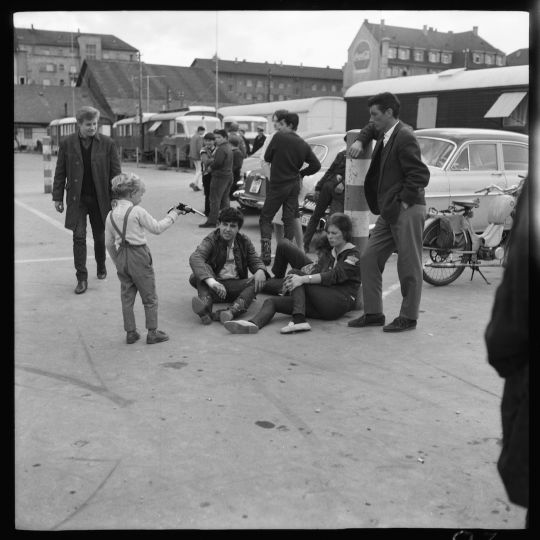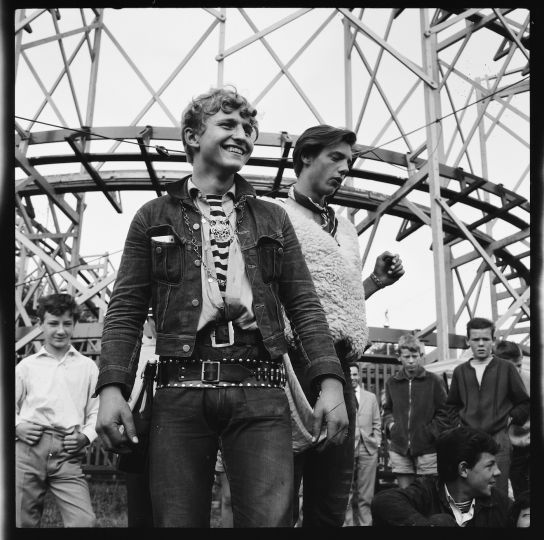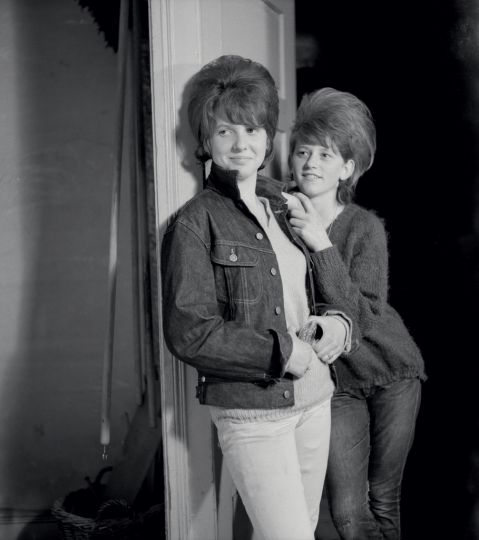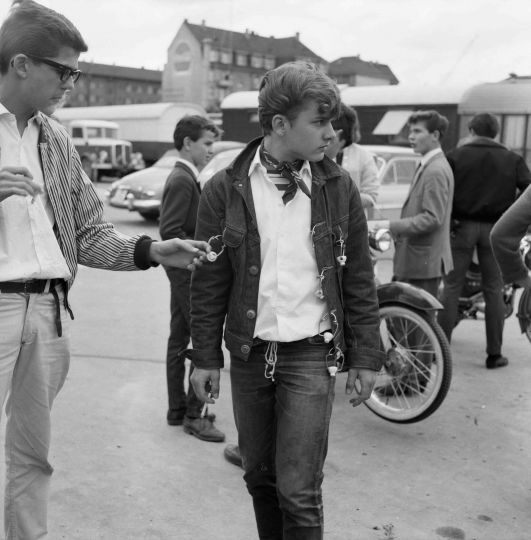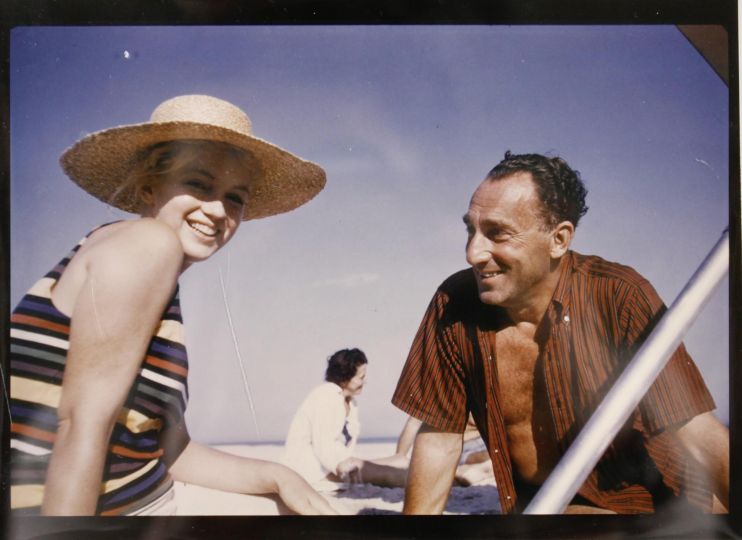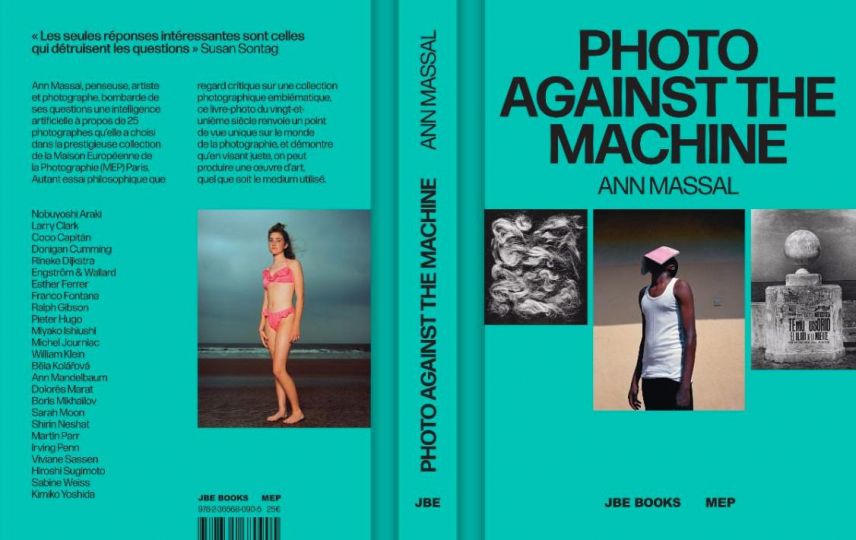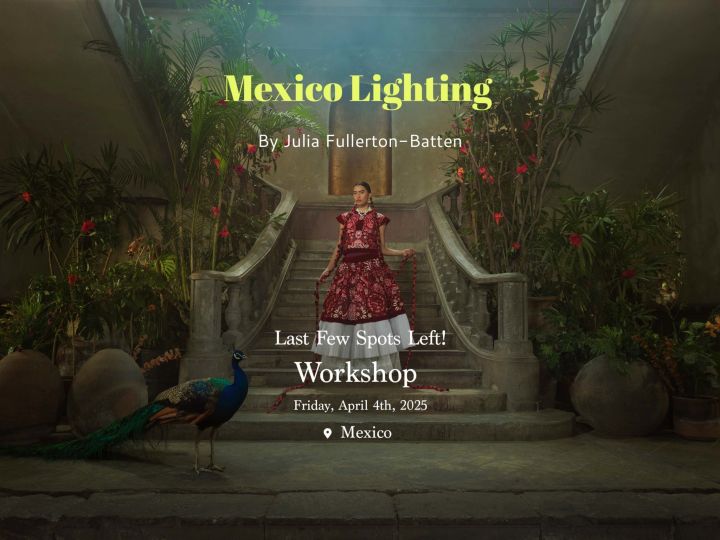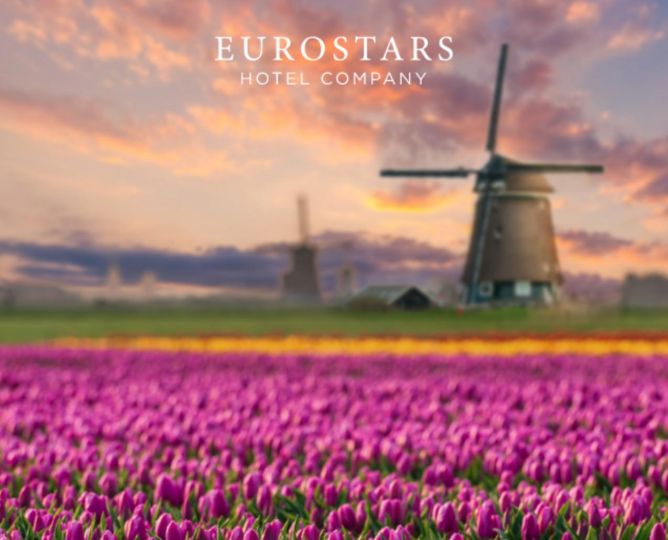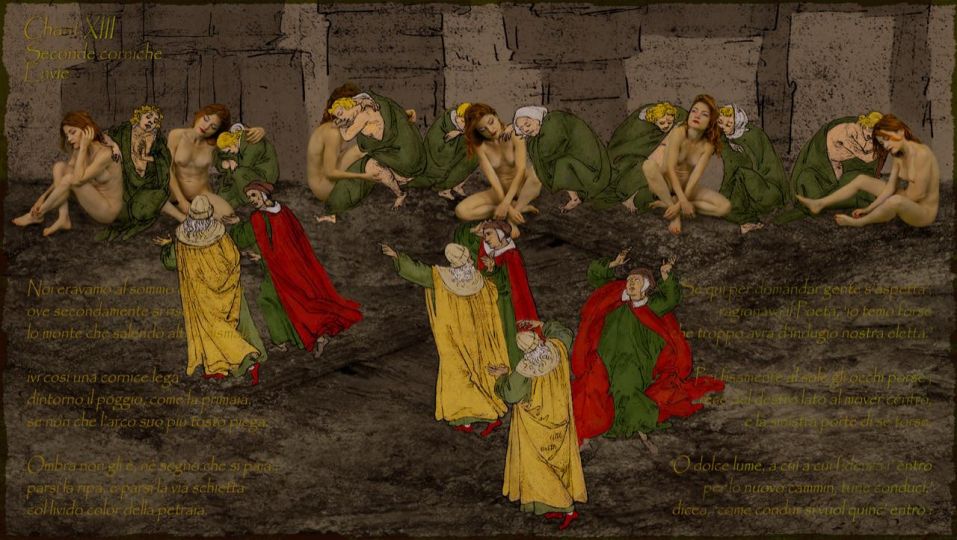« What is deeper in a man is the skin. As he knows himself » Paul Valéry, L’Idée fixe, 1931
Paul Valery, a mustachioed disciple of the mustachioed Mallarmé, is a claimed open source poet: « My verses have the meaning that one lends them ». They both support a formidable formal mastery and unlimited semantic virtuality. An original writer, and billions of possible meanings, all as legitimate as each other. Just like the skin, they are the vehicle of a meaning that is at once unalterable and in perpetual flux. This skin, that holds the poetry to contain us, is not a blank page. Grain, color, thickness, reactivity, hairiness, scars, marks, it reflects the body and expresses the power of biology and time. Tattoos, piercings, scarifications, it expresses the energy mobilized to respond to this influence. The individual only exists because he or she is in relation. The skin is the envelope that both contains him or her and also allows him or her to come into contact with the outside world. It is the body’s media to interact with the environment. The skin, organ of the encounter of oneself and the world, shows where each one of us places the cursor; are your limits a low white wooden fence? A pergola? A stone wall three meters thick? A no man’s land with watchtowers and barbed wire? A chalk line on the floor? Cape Horn?
Tattooed or not, the subjects of Andreas Fux, Pedro Slim and Karlheinz Weinberger let the photographers see their cursor, balancing between vulnerability and strength, the unconscious and the claimed, the control and letting go. The contours of their being. Scouted in the street, the young Mexicans who posed for Pedro Slim in the 2000s are beautiful indifferent individuals with soft, smooth bodies on which everything slides, starting with the light and the gaze of the photographer. The grain of their skin, intact, fully biological, and of the silver print, carefully place them out of time, like silent idols, virtually offered to all prayers.
Andreas Fux’s Berlin clubbers have made their bodies a temple. A temple where you have fun, and is carefully decorated to honor his / her god(s): sex, pain, awakening of the conscience. But also a temple of rituals and stations of the cross, labyrinths and initiations. A temple made to gather, in the white and radiant light of the photographer’s studio. To mark oneself, to tattoo oneself, is to be reborn. Go against a given body for perfect, and appropriate it, mark it with its affirmation, “This is my body”.
“The mark is a symbolic limit drawn on the skin, it fixes a stop in the search for meaning and identity.It is a kind of self-signature by which the individual asserts himself in a chosen identity. To exercise control over its existence, the body is an object at hand on which personal sovereignty is almost unhindered. The corporeal mark reflects the necessity of completing by a proper initiative a body that is insufficient in itself to embody the personal identity, it is often worth giving birth. “ (In L’identité à fleur de peau, by David Le Breton, sociologue, Libération, 30 mars 2000). The construction of an individual and community identity is what Karlheinz Weinberger shows with tenderness and method by having the 50’s Swiss badboys parading in the apartment he shares with his mother. A youth ostentatiously rebellious, provocative, stylish, tattooed, forging an attitude to enter life as a diver in the water since the big dive, under the fascinated eye of a Siemens storekeeper in Zurich.
Fine or thick epidermis, young or tanned, intact or marked, it is the mystery under Man Ray’s sheet; to each one his own Enigma of Isidore Ducasse: the self. (A text by Carine Dolek.)
Opening reception: Thursday, June 7th 2018, from 6pm to 9pm
Information
Galerie Esther Woerdehoff
36, rue Falguière, 75015 Paris, France
June 07, 2018 to July 14, 2018


